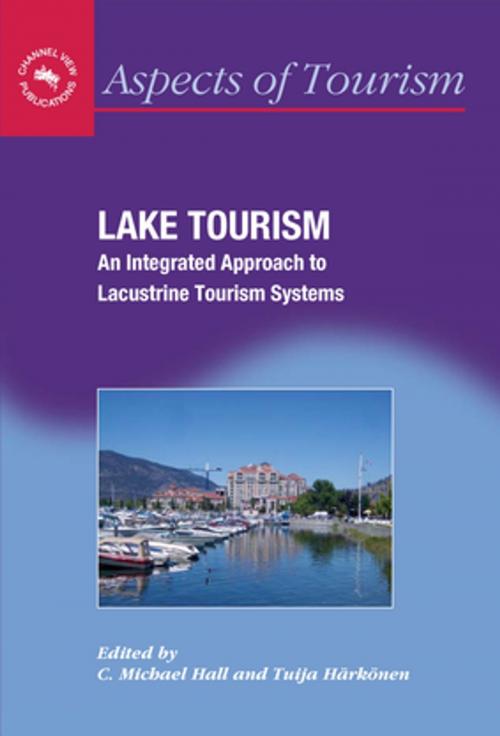Lake Tourism
An Integrated Approach to Lacustrine Tourism Systems
Business & Finance, Industries & Professions, Hospitality, Tourism & Travel, Economics, Sustainable Development| Author: | ISBN: | 9781845413774 | |
| Publisher: | Channel View Publications | Publication: | May 3, 2006 |
| Imprint: | Channel View Publications | Language: | English |
| Author: | |
| ISBN: | 9781845413774 |
| Publisher: | Channel View Publications |
| Publication: | May 3, 2006 |
| Imprint: | Channel View Publications |
| Language: | English |
Lakes are an essential element of some of the world's most popular tourism destinations. However, increased pressure from visitors and the tourism industry as well as from other, sometimes competing, land and water uses has made the sustainable development of lakes increasingly problematic. This book represents the first attempt to bring together some of the key elements of lake tourism within a single volume in order to present the urgent need for an integrated approach to lacustrine tourism systems management.The book presents comprehensive overviews of lake tourism including branding and marketing, visitor management and planning, historical and cultural dimensions, and environmental quality. The volume is international in scope with cases from Europe, North America and Oceania. The book concludes by noting that tourism needs to be established as a complimentary land and water use at a time when lakes and their watersheds are facing challenges in the form of climate and environmental change, increasing numbers of visitors as well as an overall increase in competing demands for water.
Lakes are an essential element of some of the world's most popular tourism destinations. However, increased pressure from visitors and the tourism industry as well as from other, sometimes competing, land and water uses has made the sustainable development of lakes increasingly problematic. This book represents the first attempt to bring together some of the key elements of lake tourism within a single volume in order to present the urgent need for an integrated approach to lacustrine tourism systems management.The book presents comprehensive overviews of lake tourism including branding and marketing, visitor management and planning, historical and cultural dimensions, and environmental quality. The volume is international in scope with cases from Europe, North America and Oceania. The book concludes by noting that tourism needs to be established as a complimentary land and water use at a time when lakes and their watersheds are facing challenges in the form of climate and environmental change, increasing numbers of visitors as well as an overall increase in competing demands for water.















